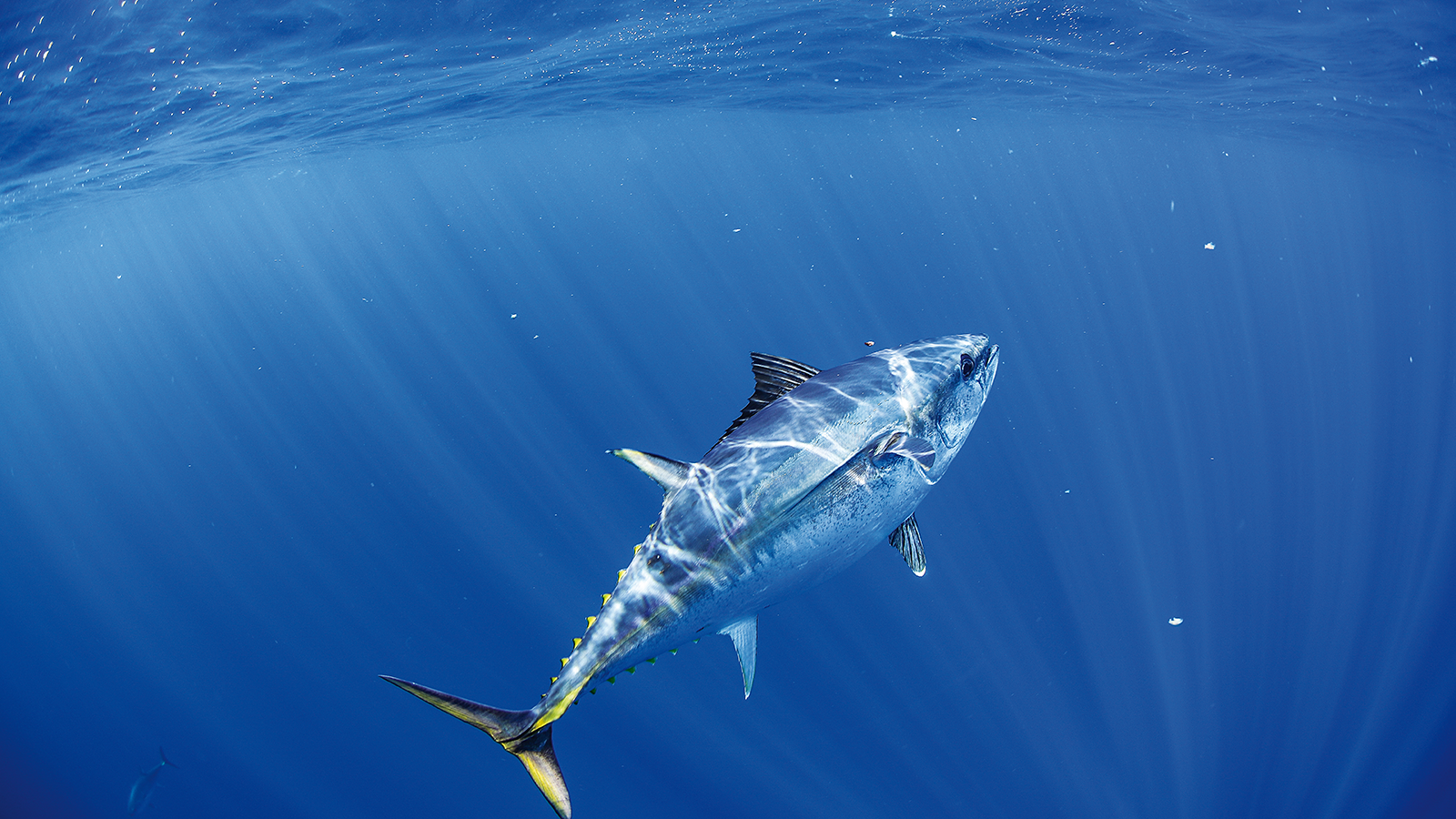Maintenance of adequate levels of dissolved oxygen (DO) are critical for the health and production of aquaculture species. In barramundi (Lates calcarifer) pond aquaculture the use of 24 hr/7 day mechanical aeration via paddlewheels represents a significant energy cost to companies, although it is not known if the paddlewheels need to be operated continuously to maintain DO at levels that don’t affect production outcomes. In recent times DO sensors linked to paddlewheel controllers have been developed and offer the opportunity for savings in energy by turning off paddlewheels when DO levels are above a pre-determined concentration.
The Australian Barramundi Farmers Association (ABFA) is interested in trialling automatic aeration controllers in order to lower their significant energy costs. Accordingly, a field trial over 12 weeks was commissioned on a commercial barramundi farm to evaluate DO sensors linked to paddlewheel controllers and to examine the impact such technology may have on production outcomes and financial savings, along with changes that may occur in the biological and chemical composition of ponds. This trial ran for 12 weeks over the monsoonal summer (February to May) in two sets of barramundi ponds (two treatment ponds with controllers, 2 control ponds) located at Kelso, Queensland. Growth rate, mortality and FCR was recorded at the beginning and end of the trial, along with measurements three times a week of pH, DO, temperature, chlorophyll, total dissolved solids, oxidation reduction potential, phytoplankton bloom and particulate organic matter). Biological oxygen demand and concentration of heavy metals (zinc, copper, mercury, lead and cadmium) were also measured at the end of the 12-week trial.
Results from the trial showed that automatic aeration controllers turned off paddlewheels on average 26 ± 6.4 hr per week compared to control ponds. This equated to an energy saving of 73 kW per week or 1705kW over the 12 weeks of the trial based on regulating power to four paddlewheels. No statistical differences between any of the ponds were found in water chemistry or biological parameters. This pilot trial demonstrates that using automatic aeration controllers of aeration has the potential to significantly save on energy consumption, thus lowering production costs. It is recommended, however, that the ABFA consider a larger trial over the entire 18 month production cycle to more fully evaluate the reliability of the automatic aeration controllers and longer terms impacts on FCR and the pond ecosystem.







